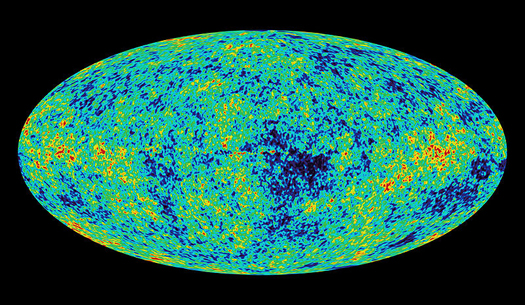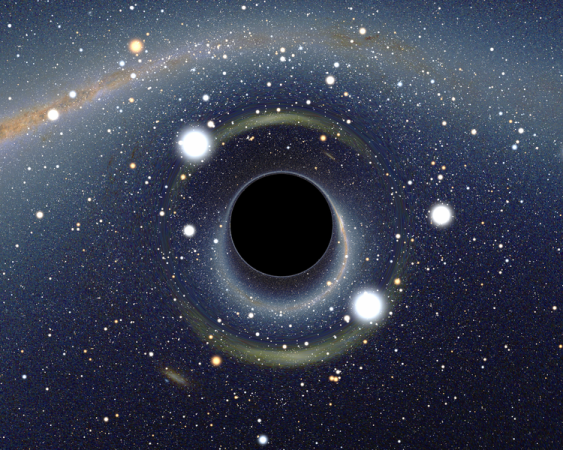

For all the visualizations, artist’s renderings and animations of the birth of our universe, it is still exceedingly hard to imagine the Big Bang: from nothing emerges everything.
But what if you could create a big bang on a lab bench — make a model of the universe’s emergence. University of Maryland engineering professor Igor Smolyaninov has proposed just that, describing the opportunity to create a “toy big bang” using precisely designed metamaterials that are mathematically analogous to certain conditions of the real-world big bang.
Metamaterials are artificially engineered structures made to embody properties not always possible in nature. Specifically, some metamaterials can reproduce the behavior of light in a variety of spacetimes unlike the dimensions we perceive in the world (with two dimensions of space and two of time, for example). Because light moves in a metamaterial the same way it would move in a certain spacetime, we can see a representation of what might happen in such a spacetime by dealing with the metamaterial instead.
Smolyaninov gives a mathematical demonstration that one metamaterial — representing two space dimensions and two time dimensions — could undergo a phase transition leading to the equivalent of a sudden reduction to only one time dimension and the creation of lots of particles. In effect, it would be like a model Big Bang — the creation of a new 2,1 spacetime and a bunch of matter.
[via The Physics arXiv Blog]


![Homebuilt telescopes [foreground] atop Mauna Kea](https://www.popsci.com/wp-content/uploads/2019/03/18/3Y5JXT6QZK3M37INMRKLUVPJ4E.jpg?quality=85&w=485)











